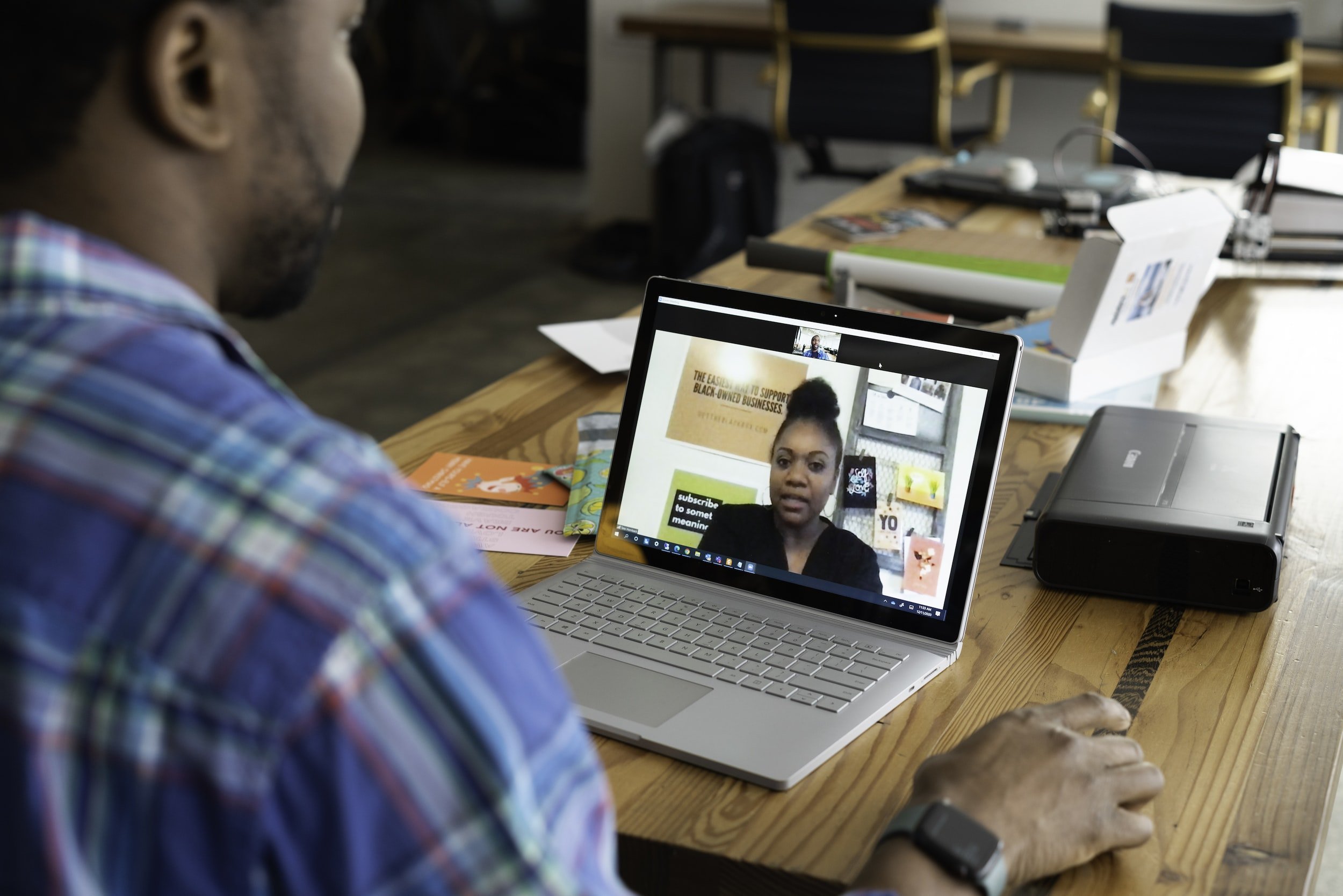By Natasha Chau, Inside Recruiter Resume Founder
As many companies worldwide move towards Virtual Interviewing, job seekers wonder how this will impact their chances of being hired.
Preparing for a virtual interview is very similar to preparing for an in-person interview, researching the company and preparing questions to ask your interviewer are still very important. However…
…there are key differences to virtual interviews for which you should prepare. So, here are 5 things you need to know:
1. Test the Technology
The company should inform you of what software they’ll use for the interview. Skype and Zoom are common across many companies including small businesses. Technical interviews will involve additional platforms.
No matter what software you’re going to be using, it is crucial that you download that software and practice using it prior to your interview. Make sure you have headphones and that both your audio and video are working.
It’s also important to be logged in for the interview well before the start time to make sure you have buffer space for any unforeseen technical difficulties.
2. Find the Right Spot
It’s important to find a location to conduct your interview that has a good internet connection and minimal distraction. A plain or professional backdrop, such as a wall with pictures or a bookcase is suitable.
Make sure your space has good lighting as well, whether it’s natural lighting from a window or a lamp.
3. Sit Down and Be Professionally Prepared
Make sure you’re dressed for an interview. Just because you’re at home doesn’t mean you should dress more casually than you would if you were going into an office. Make sure to change out of your pajama pants, sit up straight and have good posture throughout the interview.
Turn off any other electronics (like TV or radio) and make sure your phone is on silent. If possible, close the door to the room you're using and close any windows to avoid background noise.
If you have roommates or live with family, it’s a good idea to let them know you’re going to be interviewing and ask them to be mindful of their noise level.
4. Eye Contact and Body Language
It’s important to be a reasonable distance from your webcam. Don’t be so close that the interviewer can see your pores or count your eyelashes, but don’t be so far that they can see your whole room.
Make sure you know where your webcam is and make an effort to look into the webcam instead of staring at the screen. Avoid using too many hand gestures, which can be more distracting over video.
5. Communication
Communicating virtually is different than in person. Talking too fast can make it difficult for the interviewer to understand you.
Speak slowly and clearly, making sure you’re enunciating your words and speaking into the microphone. Practice active listening and be careful not to interrupt or talk over the interviewer.
It’s helpful to do a test run with a friend or family member.
Ultimately, Virtual Interviews are not much different from traditional in-person interviews. Once you are comfortable with the technology and have an environment where you can be focused, the rest standard interview preparation.





